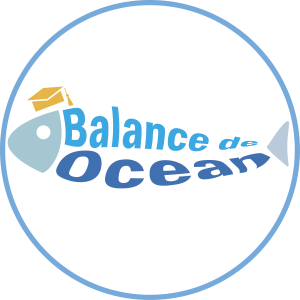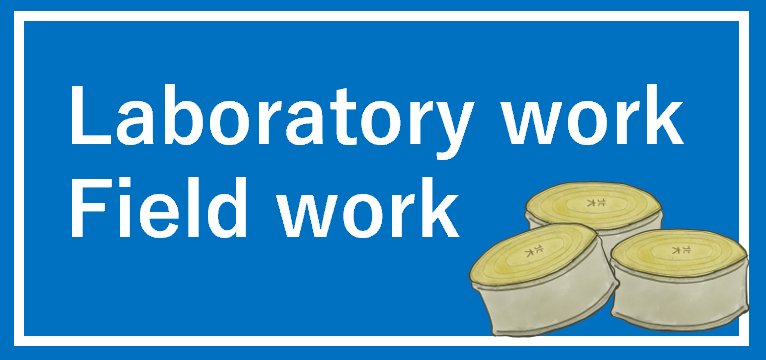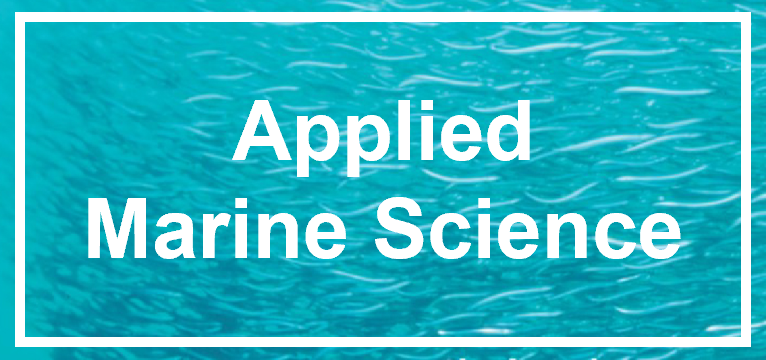Field Training Ⅰ and Ⅱ (undergraduate specialty) class introduction course
單元大綱
-
-
The program is conducted for 3-5 days in late August every year in Funka-Bay, Hokkaido, Japan.
Funka-Bay has a rather unique marine environment: from April to July, when the water temperature normally rises, the low-temperature, low-salinity "Coastal Oyashio" tide, which originates from ice floe melt water in the Sea of Okhotsk, flows in and covers the surface of the sea, preventing the temperature from rising and maintaining a low-temperature environment even in summer (this low water temperature is also the reason why fog is easy to form during this period). However, the maximum water depth in the bay is approximately 98 m, which is within the range of the "Euphotic Zone" (the layer where sunlight can reach and photosynthesize), so high "Primary Production" can be expected.
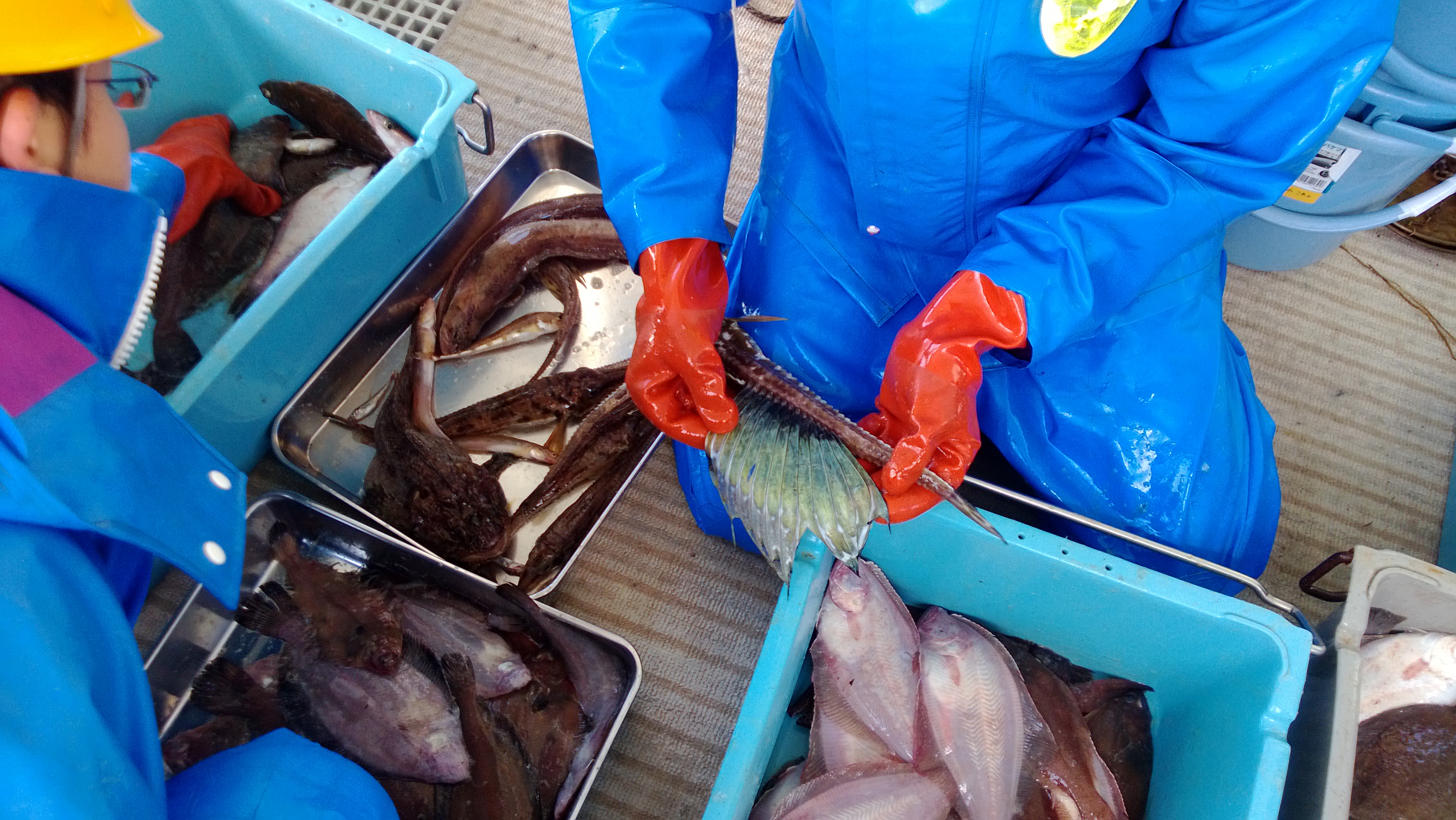
As a result, many cold-water benthic fish species (e.g., Hippoglossoides dubius) that normally live at depths of about 200 m inhabit bays shallower than 100 m, forming a detritus food-web on the seafloor that relies on high base production.
The purpose of this training is to understand this unique environment of Funka-Bay by collecting benthic fish with bottom trawling and by oceanographic observations.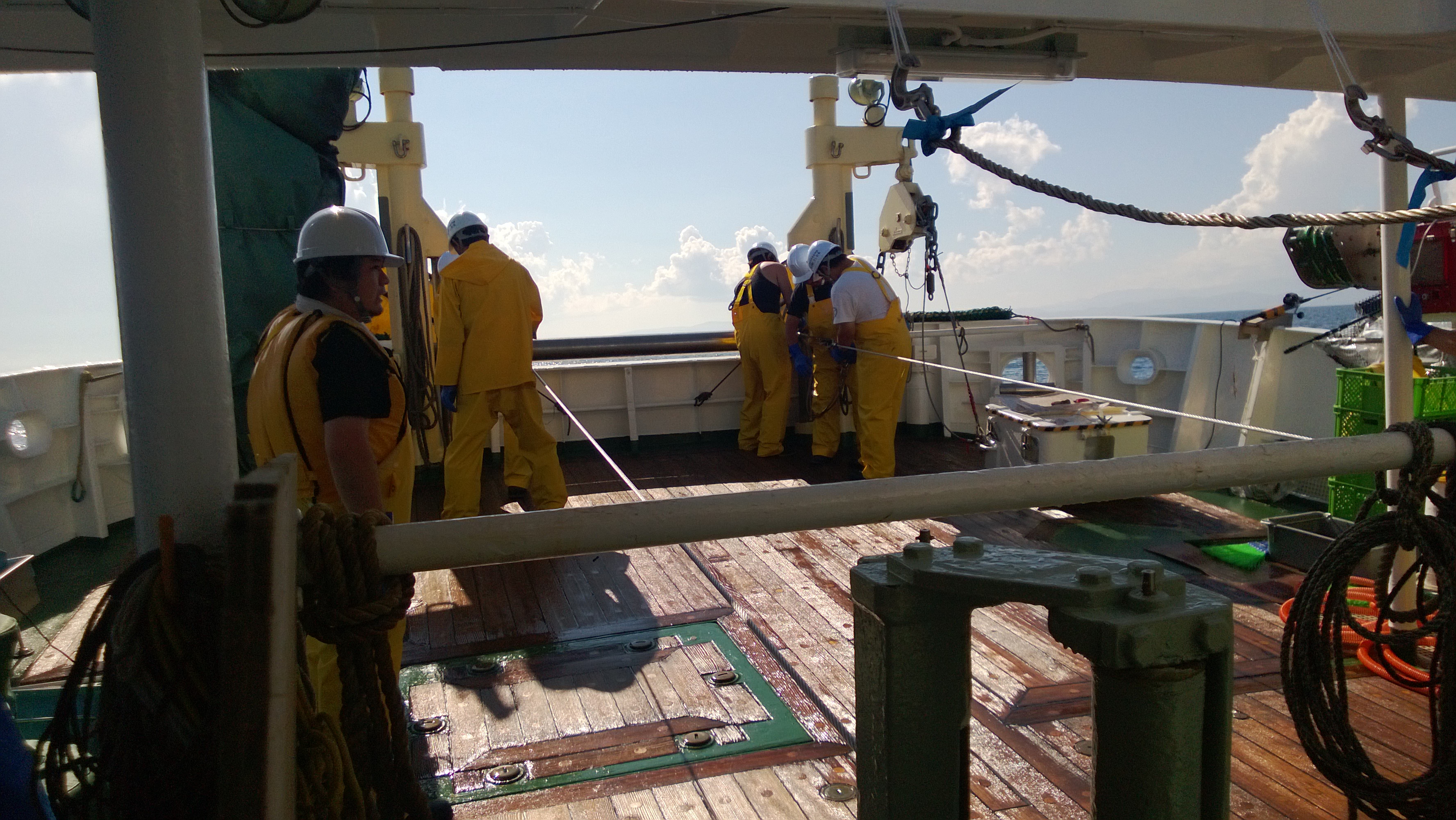
-

